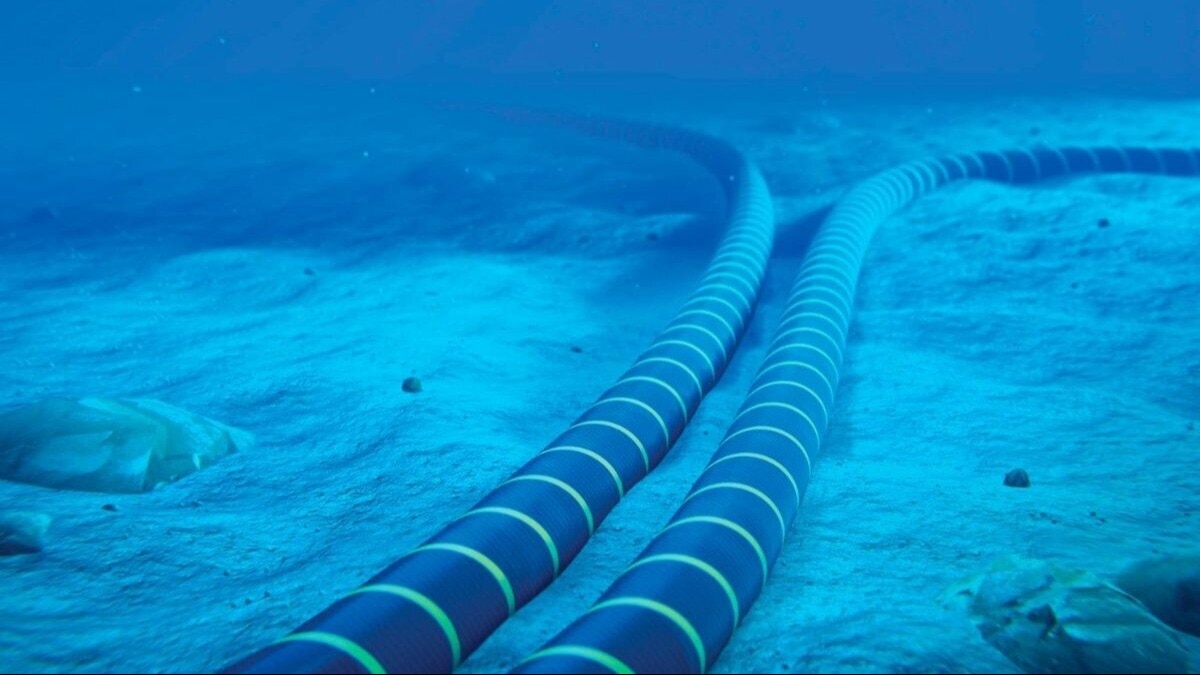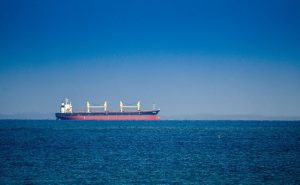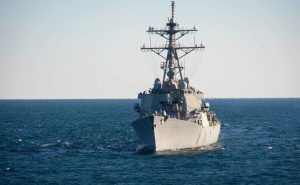2024-03-07 17:07:40
The new frontier of global conflict shifts beneath the waves, where submarine cables, the essential conduits of the world’s internet, weave an intricate web on the ocean floor. Nestled thousands of meters beneath the surface, this expansive network channels more than 98 per cent of international data traffic.
Four out of twenty cables under the Red Sea that provide global internet and telecommunications have been cut as the waterway remains a target of Yemen’s Houthi rebels, as per media reports.
India Today’s OSINT team mapped the layout of the four transnational cable lines that have been impacted and connects India-Middle East -Europe.
The cut lines include Asia-Africa-Europe 1, the Europe India Gateway, Seacom and TGN-Gulf, Hong Kong-based, HGC Global Communications said in its report. It described the cuts as affecting 25 per cent of the traffic flowing through the Red Sea. It also described the Red Sea route as crucial for data moving from Asia to Europe and said it had begun rerouting traffic.
The TGN-Gulf channel belongs to Tata Communications as per the submarine cable tracking website and runs 4031 Km. Asia-Africa-Europe 1 runs over 25,000 km long and has Reliance Jio as one of its major investors, while SEACOM and Europe India Gateway both run 15,000 km long with Tata Communications and Vodafone as their major investors respectively.
Other entities like Bharti Airtel, and Bharat Sanchar Nigam Ltd. (BSNL) are also investors in the Europe-India gateway route, as per TeleGeography.
What has caused the breach remains unclear. However, there has been mounting evidence about the cables being targeted in the Houthi campaign, which the rebels describe as an effort to pressure Israel to end its war on Hamas in the Gaza Strip. The Houthis have denied attacking the lines, but take responsibility for the attacks on the merchant vessels.
Officials from the Pentagon told the BBC that they were attempting to find out if the cables had been sabotaged or if it was the result of an anchor dragging along the seafloor. Maritime experts believe subsea cables can also be cut by anchors, including those dropped from some of the ships that have been disabled in attacks. A drifting ship with its anchor scraping the sea could be one of the potential reasons.
Another emerging theory posits that the cables are being cut to sabotage the networking lines by the Houthis. The depth of the cables makes sabotage unlikely, says Pooja Bhatt, a maritime security analyst with ORF( Observer Research Foundation) in a media report.
The cables “are not very thick but encapsulated in watertight sheets. They lie in the deep ocean and are not easy to cut, we can very well understand Yemenis should not have the capability to dive down that deep to physically damage cables,” she says.
For the Houthis, executing a submarine operation to descend to the ocean floor and sabotage underwater cables would require significant expertise and technical capability, involving skilled divers for the underwater operation.
Two weeks ago, the bulk-carrier Lebanese-operated Rubymar sank with 21,000 metric tonnes of ammonium phosphate sulphate fertiliser on board near the Gulf of Aden, according to US Central Command (Centcom). An analysis of the location of the sinking vessel with the layout of sub-cable zone can give an idea of how the Houthis are responsible for such an attack. However, commercial ships sometimes lose their anchors, which then also cut cables.
To verify this, India Today’s OSINT team analysed open-source maritime data to pinpoint the location of the Rubymar ship sinking with that of the breached submarine cable routes.
As per open-source information, there are telltale signs of the conflict in the Red Sea being the main reason behind the disruption of global networking systems. However, this hypothesis remains speculative and warrants deeper examination. African telecoms cable operator Seacom told the Western news outlet that “initial testing indicates the affected segment lies within Yemeni maritime jurisdictions in the Southern Red Sea”.
Tata Communications, part of the Indian conglomerate and investors in the Seacom-TGN-Gulf line, said in a statement that it “initiated immediate and appropriate remedial actions” after the line was cut. “We invest in various cable consortiums to increase our diversity and hence in such situations of a cable cut or snag, we can automatically reroute our services,” as per the report.
In February, the Houthis published a map on their Telegram channel that showed the cables running along the bottom of the Red Sea. The message appeared to come with a veiled threat, saying the map was of “international cables connecting all regions of the world through the sea. It seems that Yemen is in a strategic location, as internet lines that connect entire continents — not only countries — pass near it.”
The lines appeared to have been cut on Feb 24, with the organisation NetBlocks noticing internet access in the East African nation of Djibouti suffering from interruptions.
But for their part, the Houthis have denied targeting the cables. The rebels blamed the disruptions on British and US military operations.
Since November, the rebels have repeatedly targeted ships in the Red Sea and surrounding waters over the Israel-Hamas war. Those vessels have included at least one with cargo bound for Iran, the Houthis’ main benefactor, and an aid ship later bound for Houthi-controlled territory.
Damage to telecommunication cables has caused major disruptions in the past, including in 2008 and 2011, when cables were damaged in the Mediterranean, Arabian Gulf and the Indian Ocean. Most large telecoms companies rely on multiple undersea cable systems, allowing them to reroute traffic in the event of an outage to ensure uninterrupted service.
Rise in Cable Geopolitics?
Submarine cables carry data and networks, both of which are crucial not only commercially but strategically. In recent times, it has become a wartime priority to lay hazard in your opponent’s data.
At the outbreak of World War One, Britain had the most advanced undersea telegraph cable system, dominating much of the world’s undersea cable network in 1914. German U-boats were specifically tasked with chopping the sub-sea communication lines.
Cutting cables was originally seen as primarily a way of denying the enemy the ability to communicate. But it soon became clear it also offered intelligence possibilities as well, working towards strategically crippling it.
Cable-tapping continued through the Cold War. America’s Central Intelligence Agency and National Security Agency (NSA) had an operation codenamed Ivy Bells to tap into Soviet military cables. Coming back to today, not only the volume of data carried by the cables is huge but also the aspects of it debilitating a nations economy.
houthis, red sea submarine cables, submarine cables cut houthis, israel palestine war, red sea attack houthis
Source link
![]()



